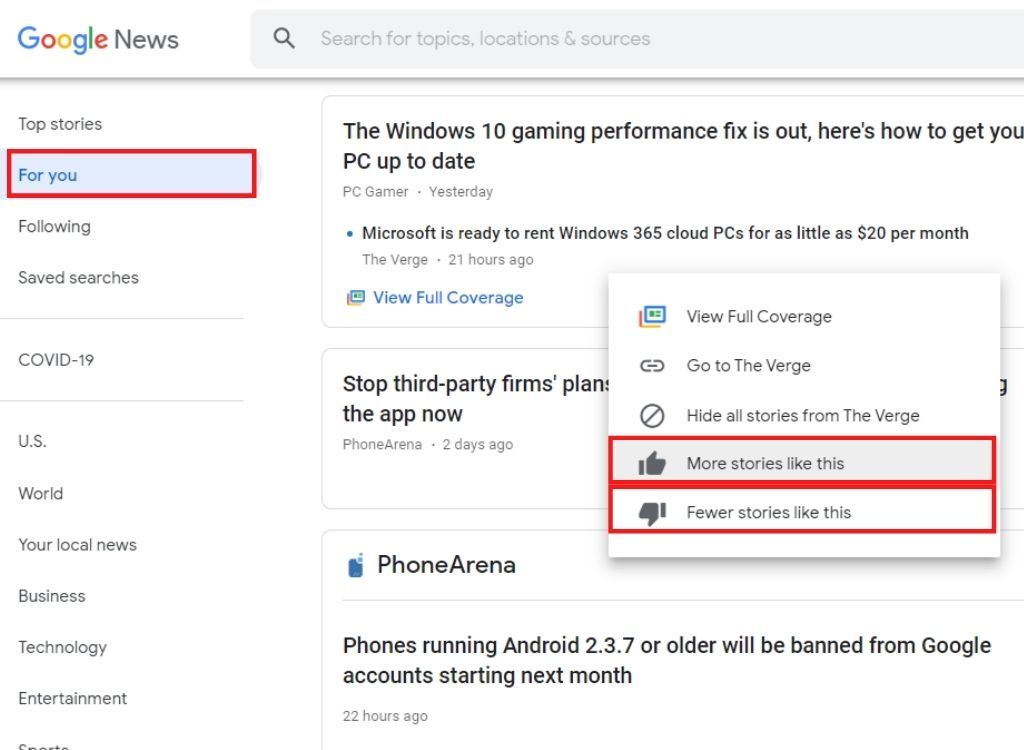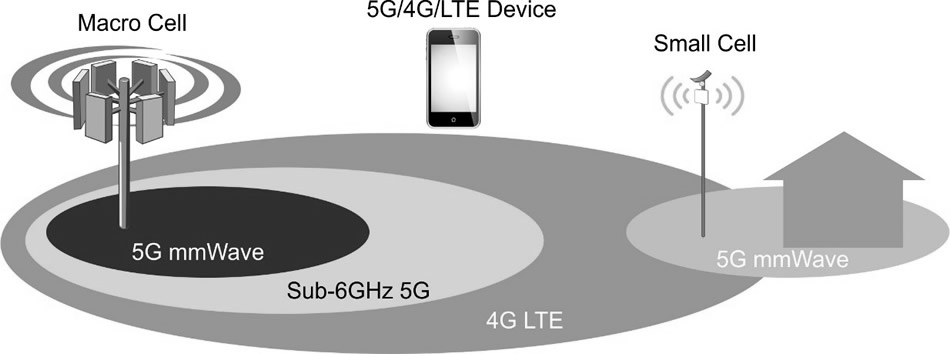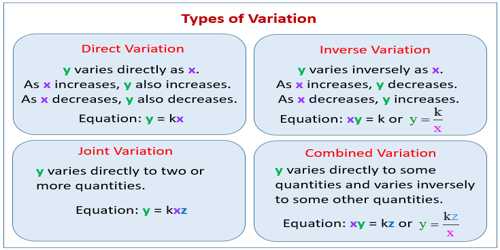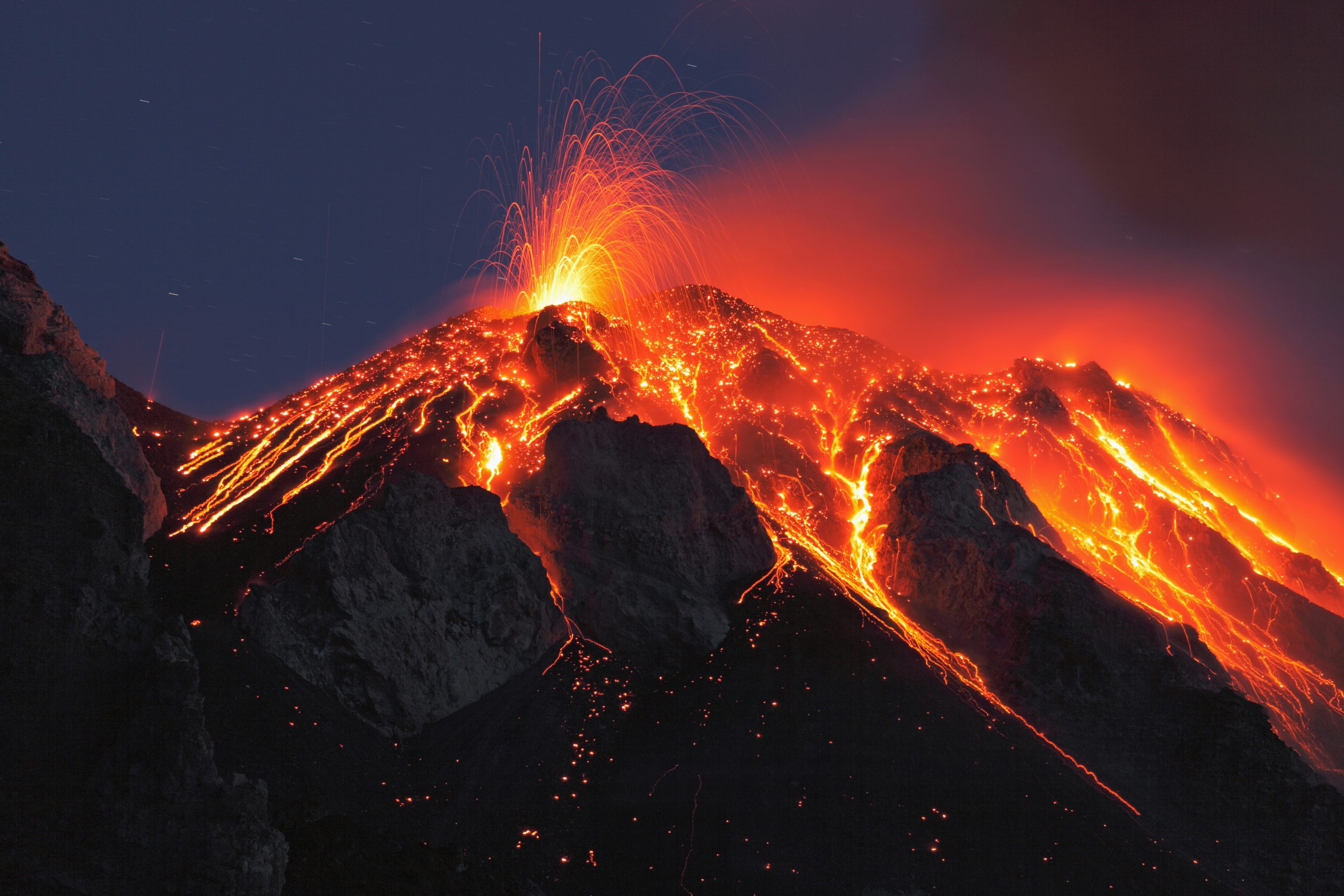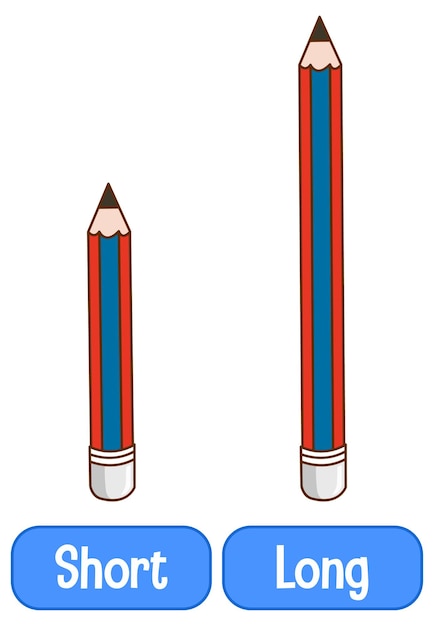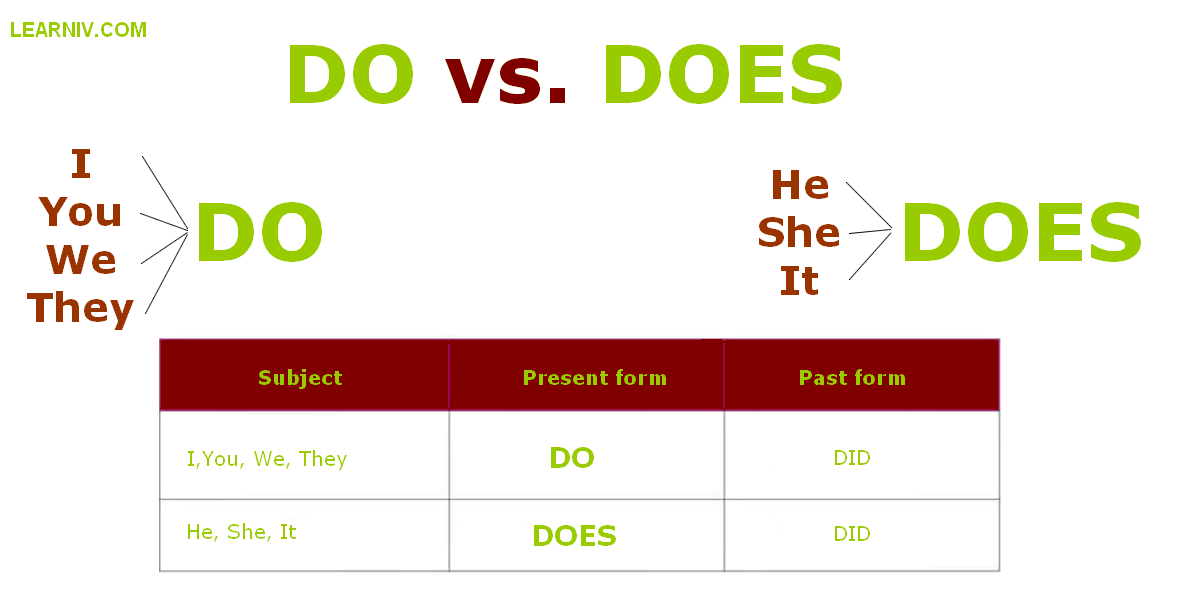Understanding Scientific Phenomena: Observable Events That Drive Discovery
Introduction to Phenomena in Science
In the world of science, the term phenomena refers to any observable event or occurrence that can be detected, measured, or recorded, either directly by our senses or with the help of scientific instruments. Unlike everyday usage, where something ‘phenomenal’ might describe something extraordinary or rare, in science, a phenomenon can be as simple and ordinary as the melting of ice or as complex as a solar eclipse [2] . The key requirement for any phenomenon in science is that it must be observable – whether by sight, sound, touch, or through the use of tools that extend our senses, such as telescopes or microscopes.
What Makes an Event a Phenomenon?
To qualify as a scientific phenomenon, an event must meet two basic criteria:
- Observability: The event or process must be observable, either directly or indirectly, allowing scientists to record data or collect evidence of its occurrence [3] .
- Relevance: The event should be significant enough to spark questions, drive inquiry, or inspire investigation. This relevance can be in daily life, nature, industry, or technology.
Importantly, a phenomenon does not have to be mysterious or unexplained. Even well-understood processes, such as gravity pulling an apple to the ground or the formation of a rainbow, are considered phenomena in science because they are observable and can lead to further exploration [2] .
Types of Scientific Phenomena
Phenomena in science can be grouped into several broad categories, each with unique examples and significance:
Natural Phenomena
These are events that occur in the natural world without direct human intervention. Examples include:
- Weather events such as thunderstorms, tornadoes, and hurricanes
- Geological events like earthquakes and volcano eruptions
- Astronomical occurrences such as solar eclipses or meteor showers
- Biological processes like germination, decomposition, and animal migration
Natural phenomena form the foundation of many scientific studies because they are often repeatable, measurable, and essential for understanding Earth’s systems [1] .
Physical and Chemical Phenomena
Physical phenomena involve the properties and interactions of matter and energy. Familiar examples include:
- The freezing and boiling of water
- Magnetism and electricity
- Oscillations, such as a swinging pendulum
- Wave propagation, as seen in sound waves or ocean tides
Chemical phenomena focus on changes at the molecular level, such as:
- Combustion (burning)
- Rusting (oxidation)
- Fermentation (conversion of sugar to alcohol or acids)
These processes are not only observable but also essential for scientific models and explanations [1] .
Social and Behavioral Phenomena
Not all scientific phenomena are limited to the natural sciences. In fields like sociology and psychology, group behaviors, trends, and cultural shifts are studied as social phenomena. Examples include:
- The spread of ideas through social networks
- Group dynamics and herd behavior
- Trends in public opinion or consumer behavior
These phenomena are observable and play a critical role in understanding societies and human interaction [2] .
Why Are Phenomena Important in Science?
Phenomena serve as the starting point for scientific inquiry. Observing a phenomenon often leads to questions such as “Why does this happen?” or “What causes this effect?” These questions drive scientists to conduct experiments, develop hypotheses, and build theories. For example, Isaac Newton’s observation of an apple falling from a tree – a physical phenomenon – led to the development of the theory of gravity [2] .
In modern science education, phenomena-based learning is used to engage students by connecting lessons to real-world events. By starting with observable phenomena, teachers help students see the relevance of scientific concepts and foster curiosity [3] .

Source: popsci.com
Step-by-Step Guidance: How to Use Phenomena in Science Learning
- Observation: Begin by observing an event or process in the world around you. This can be as simple as noticing condensation on a cold glass or watching a plant grow.
- Questioning: Formulate questions about the phenomenon. For example, “Why does condensation form on the outside of a glass?”
- Research: Gather information from books, reputable websites, or scientific journals to understand what is already known about the phenomenon. Use search terms like “causes of condensation” or “plant growth factors.”
- Experimentation: If possible, design an experiment to test your ideas. For example, place glasses with different temperatures of water in the same room and observe the rate of condensation.
- Analysis: Record your observations and compare them to your predictions or existing scientific explanations.
- Conclusion: Use the data collected to draw conclusions about the phenomenon. Share your findings with others or apply them to new situations.
If you are a student or educator seeking examples of phenomena for classroom use, consider consulting your school’s science curriculum resources or searching for “science phenomena examples” in reputable educational databases. Many educational organizations and state science departments provide public lists of phenomena aligned with grade-level standards. You can also ask your science teacher or contact your local education agency for recommended resources.

Source: mmonipod.weebly.com
Real-World Examples and Applications
To illustrate how phenomena drive scientific discovery, consider these real-world examples:
- Formation of Bubbles: Observing bubbles forming in boiling water leads to questions about phase changes and heat energy.
- Soil Erosion: Watching soil wash away during a rainstorm can prompt investigations into environmental conservation and the water cycle [3] .
- Animal Migration: Noticing birds migrating seasonally can lead to studies of climate, navigation, and ecological adaptation.
- Technological Phenomena: The appearance of static electricity after walking on carpet can spark curiosity about electricity and materials science.
In each case, the observable event serves as a gateway to deeper scientific understanding and practical applications, such as improving agricultural practices, designing better materials, or conserving wildlife.
Alternative Approaches to Studying Phenomena
While direct observation is foundational, there are alternative ways to investigate phenomena:
- Modeling: Scientists often use computer simulations or mathematical models to study phenomena that are too large, small, fast, or slow to observe directly.
- Remote Sensing: Tools like satellites and sensors allow the observation of phenomena that are inaccessible or dangerous to humans, such as volcanic eruptions or deep-sea vents.
- Citizen Science: Public participation in data collection helps scientists gather large-scale observations, such as tracking bird migrations or weather patterns.
These approaches expand our ability to study and understand the full range of phenomena in the universe.
Challenges and Solutions in Phenomena-Based Science
Studying phenomena comes with challenges, such as:
- Measurement Limitations: Some phenomena are difficult to observe due to their scale or frequency. Solution: Use advanced instruments or long-term data collection.
- Subjectivity: Personal bias can influence observations. Solution: Standardize measurement protocols and use peer review.
- Complexity: Many phenomena involve multiple interacting factors. Solution: Break down phenomena into simpler components for study, or use interdisciplinary approaches.
Overcoming these challenges requires creativity, collaboration, and meticulous scientific methods.
Accessing Phenomena-Based Resources
If you are interested in exploring more about scientific phenomena, consider the following steps:
- Consult official education websites or science curriculum providers for lists of phenomena used in classrooms. For example, state departments of education and organizations aligned with the Next Generation Science Standards (NGSS) often publish recommended phenomena lists. Search for “NGSS phenomena” or “science standards phenomena.”
- Ask your local science teacher or school district for guidance on curriculum resources.
- Use reputable science websites such as Wikipedia’s List of Natural Phenomena [1] for broad overviews and examples.
- For latest research or case studies, search academic journals via university libraries or platforms like Google Scholar using terms such as “observable phenomena in science” or “phenomena-based learning.”
Remember, genuine scientific inquiry starts with curiosity about the observable world and builds upon careful, repeatable observations.
Key Takeaways
Understanding phenomena is at the heart of science. By focusing on observable events and processes, both simple and complex, scientists and learners alike develop the skills to question, investigate, and explain the world. Whether you are a student, educator, or science enthusiast, starting with phenomena can open doors to new knowledge and inspire lifelong curiosity.
References
MORE FROM feelmydeal.com
